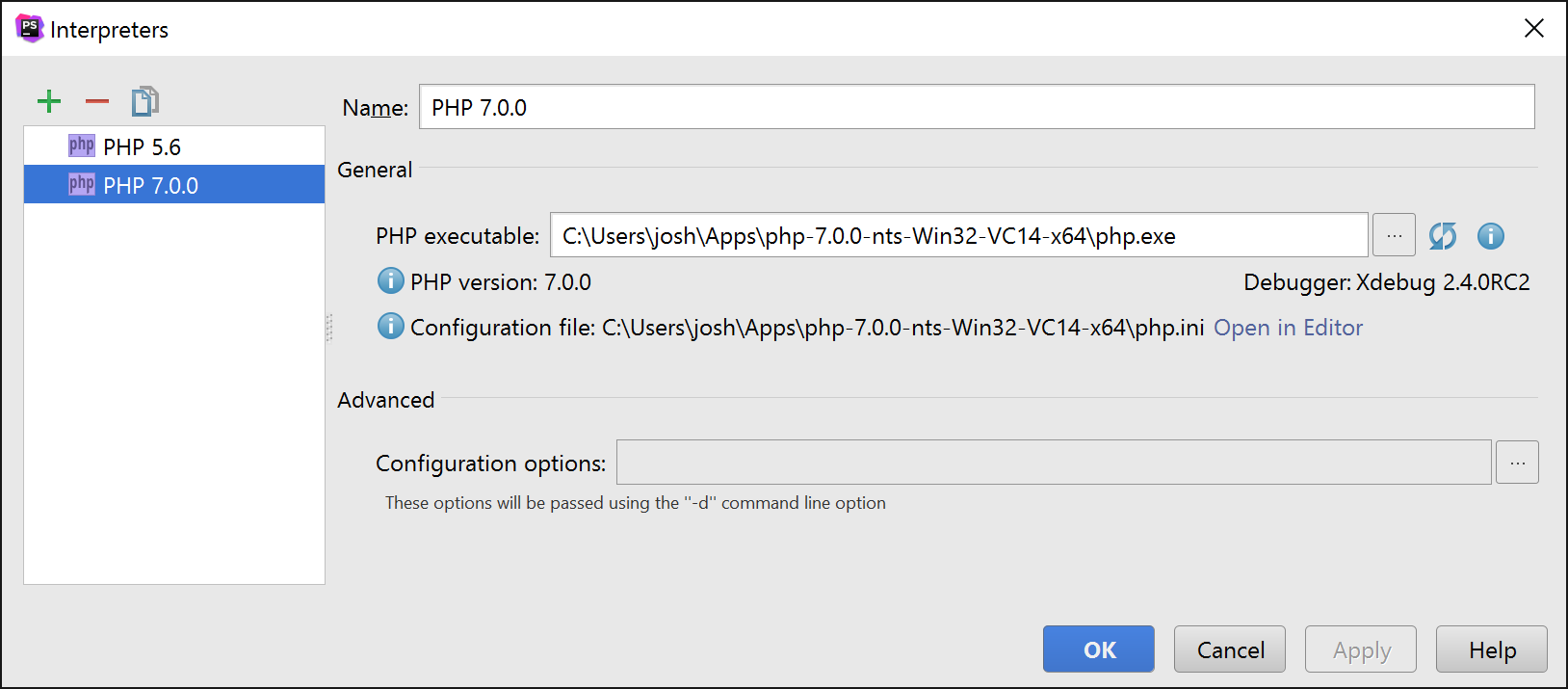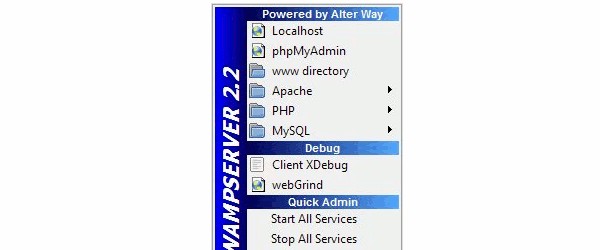Php Tools On Mac And Linux
OBD Auto Doctor is the advanced OBD-2 software for Windows, Mac and Linux. The software enables you to communicate with your vehicle's On-Board Diagnostic system and turn your computer into a highly capable automotive scanner. OBD Auto Doctor is a must-have tool for everyone interested in getting to know their cars better.
List of Best DNS Tools for Windows, Linux and Mac All operating systems in the world come with a default group of networking tools, that also include DNS tools, which can be used to detect and help you to fix dns errors. This DNS tools are useful to investigate and analyse DNS records, and how these respond against common dns queries. DNS lookups against DNS servers can help you to get valuable information about dns server setup, dns zones and general dns record health. Flushing the DNS, while it is not a dns tool itself, sometimes can also help to fix dns resolution issues, if you want to know how to flush DNS on your operating system, check out this article: Flush DNS Cache.
Let's move on with the most useful and popular DNS utilities for Mac OS, Linux / Unix and Windows operating systems. Table of Contents. DNS Lookup Tool The dns lookup is one of the best things you can do to troubleshoot dns records and servers, and we will point this as your #1 dns tip. A DNS lookup can give you a full report of your DNS zones, TLD server, Nameservers and dns records for some specific remote queries. Let's see how to run a dns lookup on the all major operating systems: nslookup is one of your best friends, you just don't know it.
Nslookup command syntax nslookup is a dns tool that is present on all operating systems, and the usage syntax is pretty simple: nslookup domain.com As you see on this example: webtech@localhost $ nslookup dnspropagation.net Server: 192.168.1.1 Address: 192.168.1.1#53 Non-authoritative answer: Name: dnspropagation.net Address: 208.167.225.60 On windows can be run from your MS-DOS command line, or from the powershell of latest Windows versions. On Linux and Unix systems like Mac OS the syntax is the same. From the command line or shell terminal, you can run the nslookup command as you saw before, or you can pass many other nslookup parameters like this: querytype=value type=value Change the type of the information query. (Default = A; abbreviations = q, ty) norecurse Tell the name server to query other servers if it does not have the information. (Default = recurse; abbreviation = norec) retry=number Set the number of retries to number. Timeout=number Change the initial timeout interval for waiting for a reply to number seconds.
While the most common usage of nslookup is just a simple lookup passing the hostname or domain name, it has many other options as you saw before. Windows DNS Tools This are the windows dns tools most used by system administrators and network managers: Nslookup: as we said before, it is the bsic dns tool to perform query testing of the DNS domains & hostnames. Ipconfig: this is another dns utility that can help you sometimes. Is used to display and modify IP configuration settings used by your local, like refreshing DHCP configuratin and DNS (Domain Name System) settings.


There are a few options that can help you if you are having dns issues:. /flushdns: this parameter is used to reset / clear the records of the dns client resolver cache, useful to resolve negative caching records on your local dns cache. /displaydns: shows your dns client resolver cache content including hosts file entries, as well as the most recently dns queries resolved by your local operating system. /registerdns: this useful option used to start dynamic registrarion of DNS domain names and IP addresses previously set on your server or local computer. Usage of this parameter is extremely good to resolve dns registration issues.
Dnscmd: is another network tool based on the command line to manage dns servers. Dnscmd program is used inside system batch scripts in order to better manage all the dns configurations over the windows server. Linux DNS Tools dig dig command is one of the most useful dns utilities you will ever use, it's a fast tool for querying dns servers when you are looking for Address records, NameServer records, MX records (mail exchanger) and other types of dns records like SPF, DKIM, etc. Dig tool is available for Linux and Unix systems (including MacOS). The most common usage of dig command on Linux is against a single host, for example to query local dns resolve response after dns propagation, as you see below Example of dns query using dig command: dig dnspropagation.net Example output: webtech@localhost $ dig NS dnspropagation.net; DiG 9.11.1-P2-RedHat-9.11.1-2.P2.fc26 NS dnspropagation.net;; global options: +cmd;; Got answer:;; -HEADER DiG 9.11.1-P2-RedHat-9.11.1-2.P2.fc26 A dnspropagation.net;; global options: +cmd;; Got answer:;; -HEADER.
Mac OS X DNS Tools All the most common Linux DNS and Network Tools (dig, whois, nslookup, host, ping) commands also work in the same way for Mac OS operating system. However, Mac OS includes a very complete network utility software suite that can help you to troubleshoot any DNS and network issues using their friendly GUI: Apple's Network and DNS Utility Suite includes this tools:. Netstat: very useful tool to scan the current packet traffic over the network, it also gives you information of packet type and network protocols used by each packet. DNS Lookup: used to print information fromt he DNS servers, pretty similar to dig and nslookup commands described before. Traceroute: traces the path / route of network connections as it moves across world wide or local networks. Whois: querys the whois database when a domain name is specified. Finger: displays information for the specified system users.
Run Mac On Linux
Port Scan: remote open port scanner for internet hosts and IP addresses. Apple network utility can be found at the following locations, depending on your Mac OS version:. OS X Mavericks: /System/Library/CoreServices/Applications.

OS X Mountain Lion & Snow Leopard: Applications / Utilities folder.